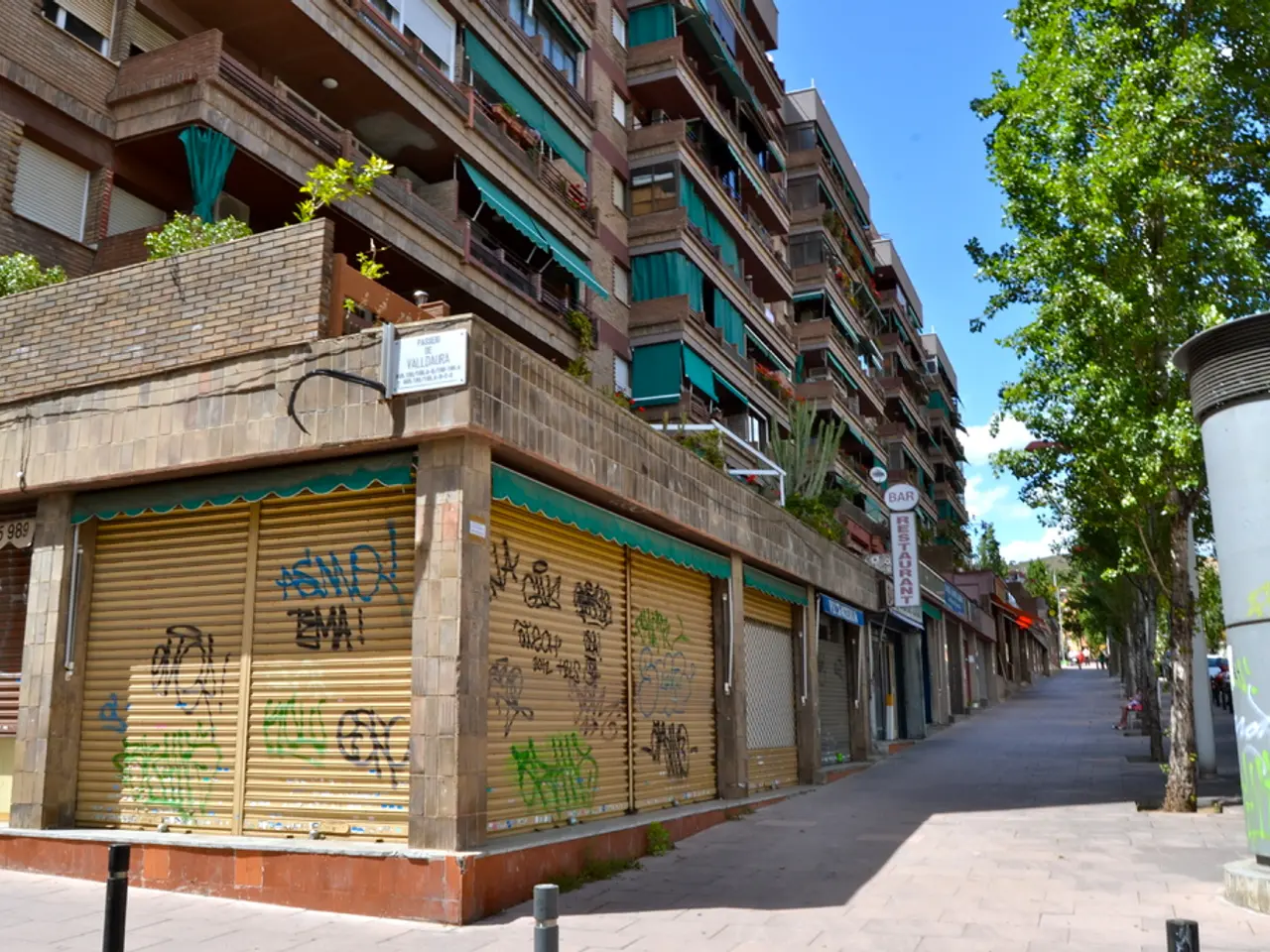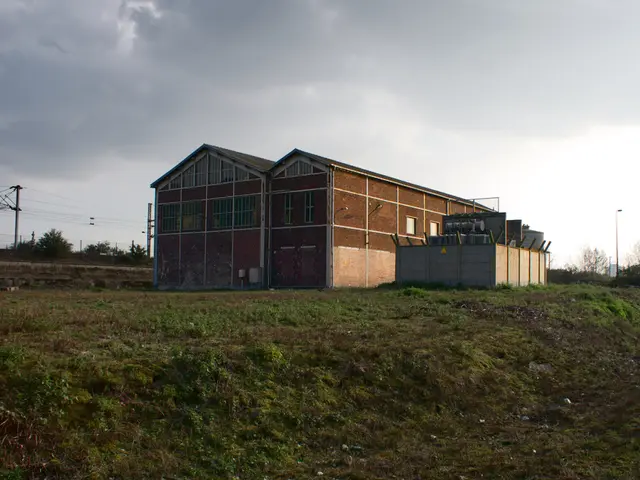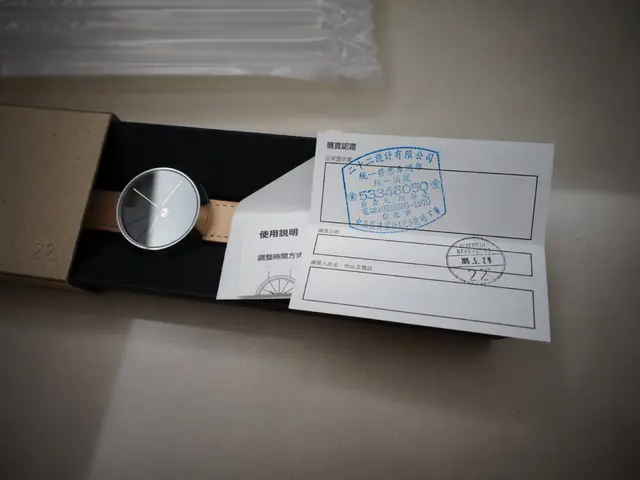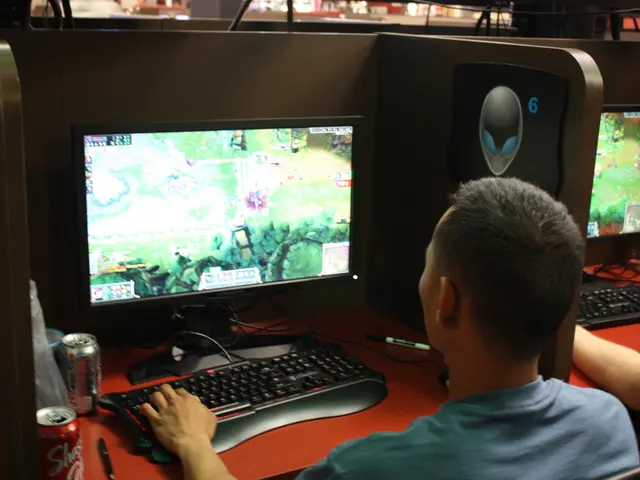Redefining the Exterior: Policy Outlines Principles for House of Curiosity's Facade Design
The city of Aachen, Germany, is set to redevelop the iconic Horten House into the House of Curiosity, a modern adult education center and city library. The Main Committee has unanimously adopted four central principles for the facade design, aiming to create a sustainable, user-friendly, and aesthetically pleasing exterior that complements the surrounding urban space.
The principles emphasize a combination of sustainability, acoustic protection, visual comfort, and high user comfort through adaptable facade elements. The facade should contribute to the building's environmental performance by integrating materials and technologies that reduce energy consumption and carbon footprint.
Given urban conditions in Aachen, the facade must effectively shield against high noise emissions to ensure a peaceful interior environment. The design should enhance interior daylighting to support a pleasant visitor experience while minimizing artificial lighting needs. Facade elements should include individually opening windows to allow fresh air and user control over indoor climate, supporting health and comfort.
The facade must feature modern aesthetics connecting to local context, for example, through vertical accentuated elements or nuances that offer a contemporary yet contextual urban presence. Similar to architectural innovations elsewhere in Germany, bronze-toned or copper-colored structural elements may be used decoratively yet honestly, blending functionality with design expression.
The design should be plastic, non-glossy, and position the house as strong, confident, and modern. Recyclable and ecologically safe facade materials are to be used. Uncomplicated construction, operation, and potential dismantling of the facade is required.
The House of Curiosity should be open and in dialogue with the urban space, with clear lines of sight from Hotmannspief, Dahmengraben, Buchel/Mefferdatisstraße, and Altes Kurhaus. Pots and earth-bound plantings are possible in the street area, adding a touch of greenery to the public space that will be designed to optimally complement the new education and learning center.
Alternative greening options are being sought, especially for user interaction. The facade should be confident and clear, retaining the three-part division into base, center, and roof. No flat greening of the facade due to high costs and water supply.
The principles are based on optimizing daylight supply. An economical and robust design is needed that requires minimal maintenance. The view from the inside out is considered an important contribution to the city's quality of stay. The building should be simple, user-friendly, and economical.
Existing building substance and thermal water waste heat are utilized in the House of Curiosity. The detailed design guidelines, including a design presentation, can be found on the city of Aachen's council information system. The redevelopment of the House of Curiosity is a testament to Aachen's commitment to modernity and sustainability.
The House of Curiosity involves the integration of technology in its facade design to reduce energy consumption and carbon footprint, aligning with the principles of sustainability and modernity. The facade elements will include strong, user-controllable windows to ensure fresh air circulation and user comfort, further leveraging technology for climate control.




